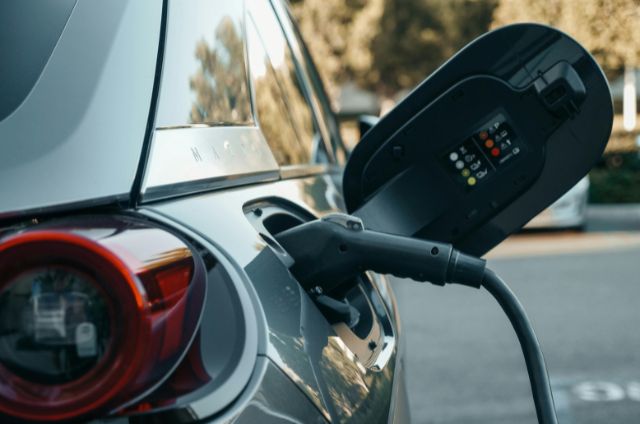A Game-Changer for Electric Vehicles?
Charging time has always been one of the biggest hurdles for electric vehicle adoption. Many drivers are hesitant because recharging often takes much longer than filling up a gas tank. Now, new battery breakthroughs could erase that concern — and possibly change the future of transportation.
At the recent Shanghai Auto Show, two of the world’s top battery manufacturers unveiled major developments. Their new technologies could allow EVs to charge in just five minutes — about the same time it takes to refuel a traditional gasoline-powered car.
CATL and BYD Lead the Breakthrough
China’s CATL, currently the world’s largest automotive battery maker, announced a new fast-charging battery that could provide up to 320 miles of range in five minutes. This development marks a huge leap forward for EV performance and convenience.
Meanwhile, BYD — a major EV brand competing directly with Tesla — revealed similar progress. Their new battery promises 250 miles of range after only five minutes of charging.
Both companies are aggressively pushing the limits of battery chemistry, and their competition is speeding up innovation across the EV industry.
What’s the Catch?
Despite the exciting announcements, these technologies aren’t ready for everyday use just yet. The batteries need ultra-high-speed charging stations, which are currently being built primarily in China. Widespread availability will still take several years, especially outside Asia.
However, the direction is clear. Faster charging will remove one of the biggest arguments against switching to electric cars. It will also make long-distance travel easier and help EVs compete more directly with gasoline vehicles on convenience.
The Road Ahead
Skeptics of EVs often point to long charging times as a dealbreaker. But with five-minute charging on the horizon, that excuse may soon disappear.
As battery innovations continue to accelerate, the gap between electric and gasoline vehicles is shrinking. The next few years could be the tipping point that finally pushes EVs into the mainstream.


